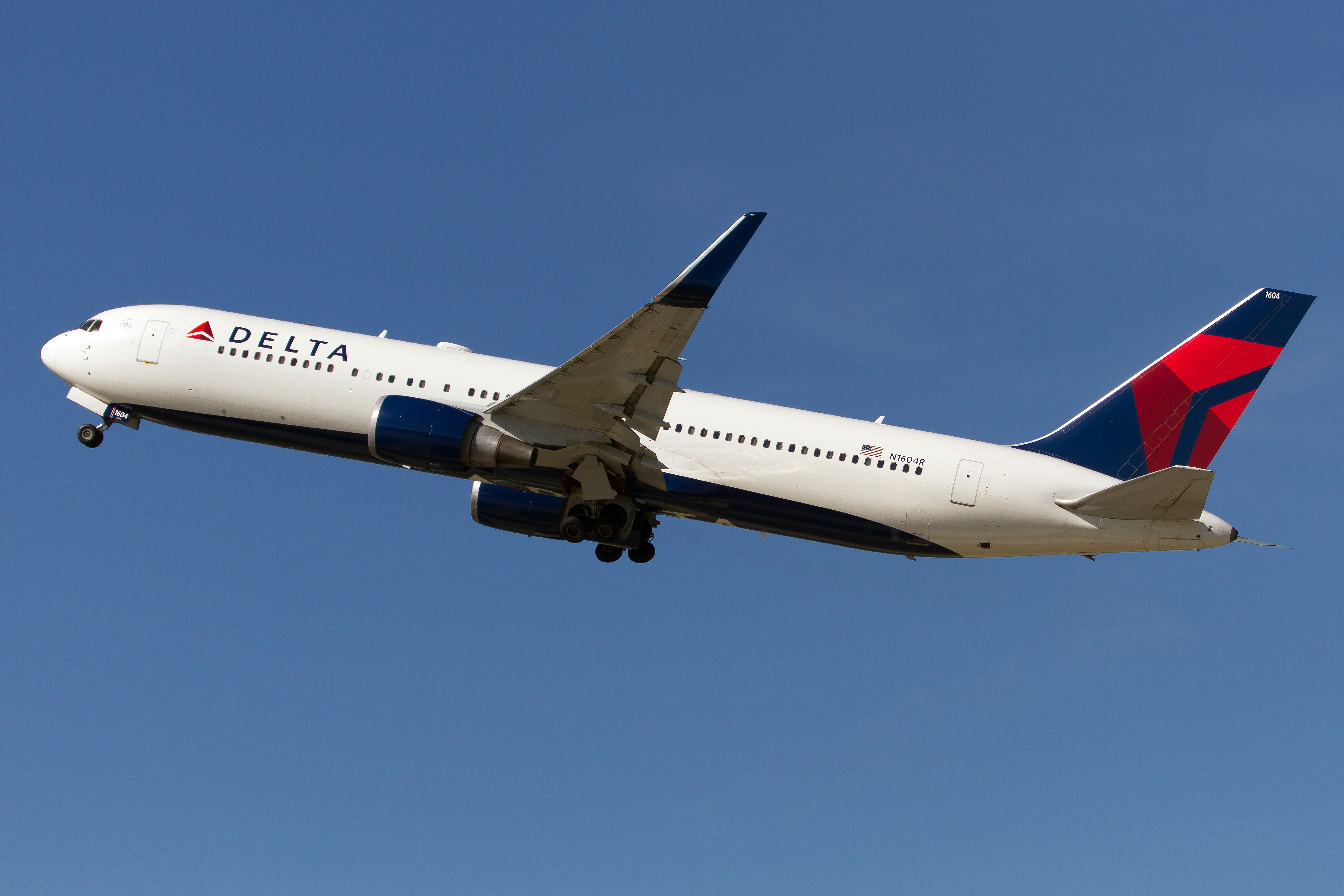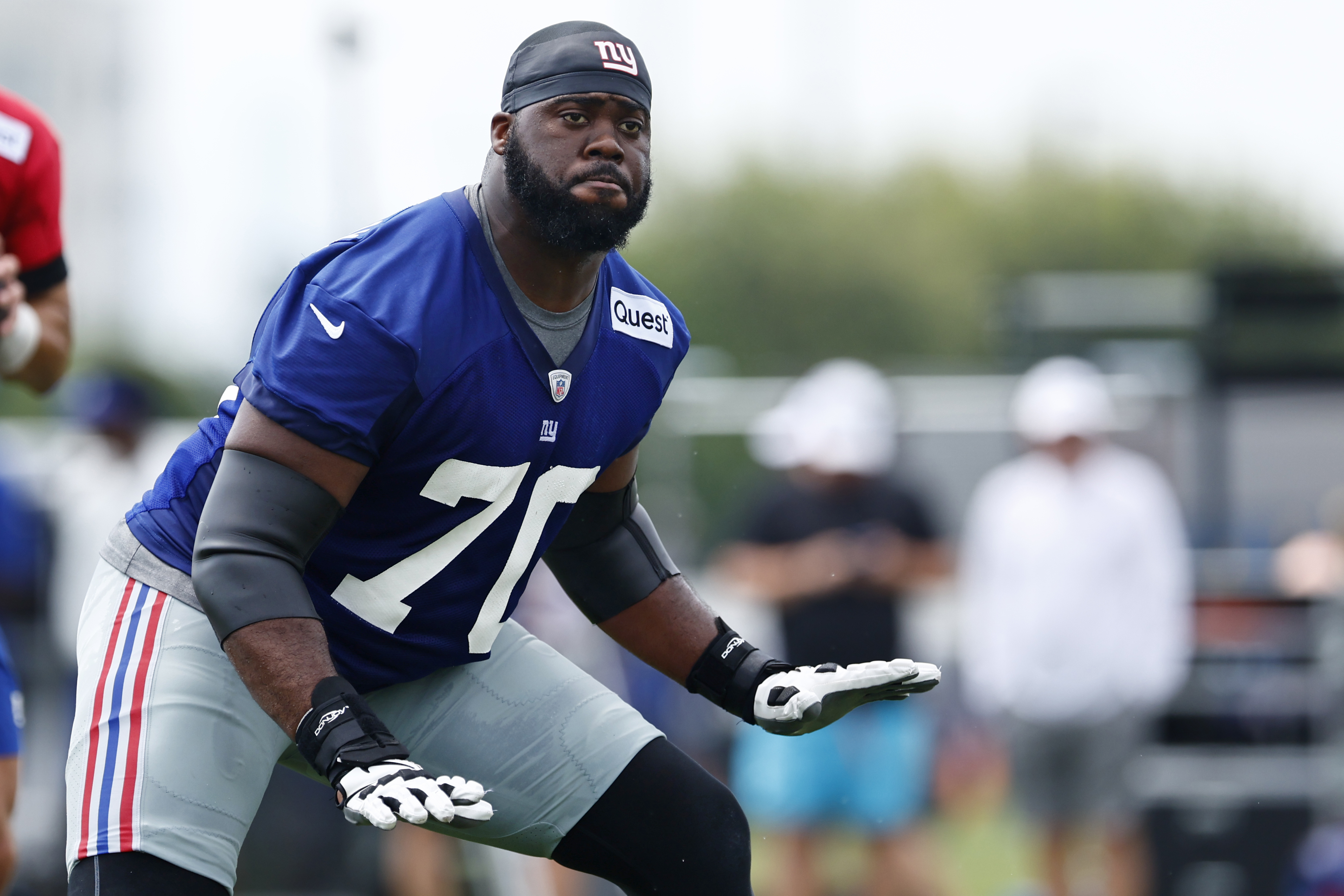What to Know
- Drugged driving resulting in fatal crashes has increased significantly in NJ over the past decade, a new analysis by AAA Northeast reveals
- According to the statistics, during 2016, 39 percent of fatally injured drivers tested positive for drugs
- These numbers have increased from 2007, when 15 percent of injured drivers tested positive for drugs
Drugged driving resulting in fatal crashes has increased significantly in New Jersey over the past decade, a new analysis by AAA Northeast reveals.
The study, which was released Thursday, determined that cannabinoids and narcotics were the drugs most commonly detected in fatally injured drivers.
To complete the report, AAA looked into the last available decade’s fatality analysis reporting system data — known as FARS — pertaining to drivers killed in crashes who were screened for drugs and alcohol.
The results determined there is an increasing problem of drugged driving in New Jersey.
According to the statistics, during 2016, 39 percent of fatally-injured drivers tested positive for drugs, with 19 percent testing positive for cannabinoids and 12 percent for narcotics.
In 2016, 103 fatally-injured drivers tested positive for drugs, according to AAA Northeast.
Local
These numbers have increased from 2007, when 55 fatally-injured drugged drivers, or 15 percent, tested positive for drugs, with 6 percent testing positive for cannabinoids and 3 percent for narcotics, according to AAA Northeast.
Additionally, the new analysis revealed that in 2015 and 2016, more fatally-injured drivers tested positive for drugs than alcohol. This is a reversal of the trend seen from years 2007 to 2014.
AAA Northeast's analysis determined that, overall, from 2006 to 2016 there were 793 fatally-injured drugged drivers in New Jersey.
AAA Northeast says there are a number of factors that could be contributing to the rise in drugged driving.
Of the drivers who died in crashes in New Jersey in 2016, 103 tested positive for drugs compared with 92 who tested positive for alcohol, AAA Northeast says.
The report also revealed that Middlesex County had the most drugged driver deaths with 14. Monmouth County was second with 11 deaths.
“Numerous factors seem responsible for increased drugged driving, including the use of opioids and more states legalizing marijuana, leading to increased acceptance of marijuana-impaired driving” Robert Sinclair, Jr., manager of media relations for AAA Northeast, said in a statement.
The Centers for Disease Control says that more than 64,000 people died from overdoses in 2016, including 20,000 from synthetic opioids and 15,000 from heroin. In 2016, 31 drivers testing positive for narcotics died in crashes in New Jersey, compared to the 49 drivers testing positive for cannabinoids who lost their lives.
Since recreational and medical marijuana is legal in a few states, with a number of others potentially following close behind, more Americans have become open to the idea of using of marijuana and driving, AAA Northeast says.
According to the 2017 version of the AAA Traffic Safety Culture Index, 66 percent of those surveyed consider it unacceptable to drive within an hour of using marijuana, compared to 76 percent in 2013.
Additionally, the more acceptable attitude in regards marijuana consumption comes at a time when the drug has become more potent, AAA Northeast said, citing that the National Institutes of Health reports that delta-9 THC content in sampled marijuana tripled — rising from 4 percent in 1995 to more than 12 percent in 2014.
AAA Northeast urges motorists to avoid driving while impaired, stressing that even if a drug is legal, it does not mean it is safe to operate a motor vehicle under its influence.



